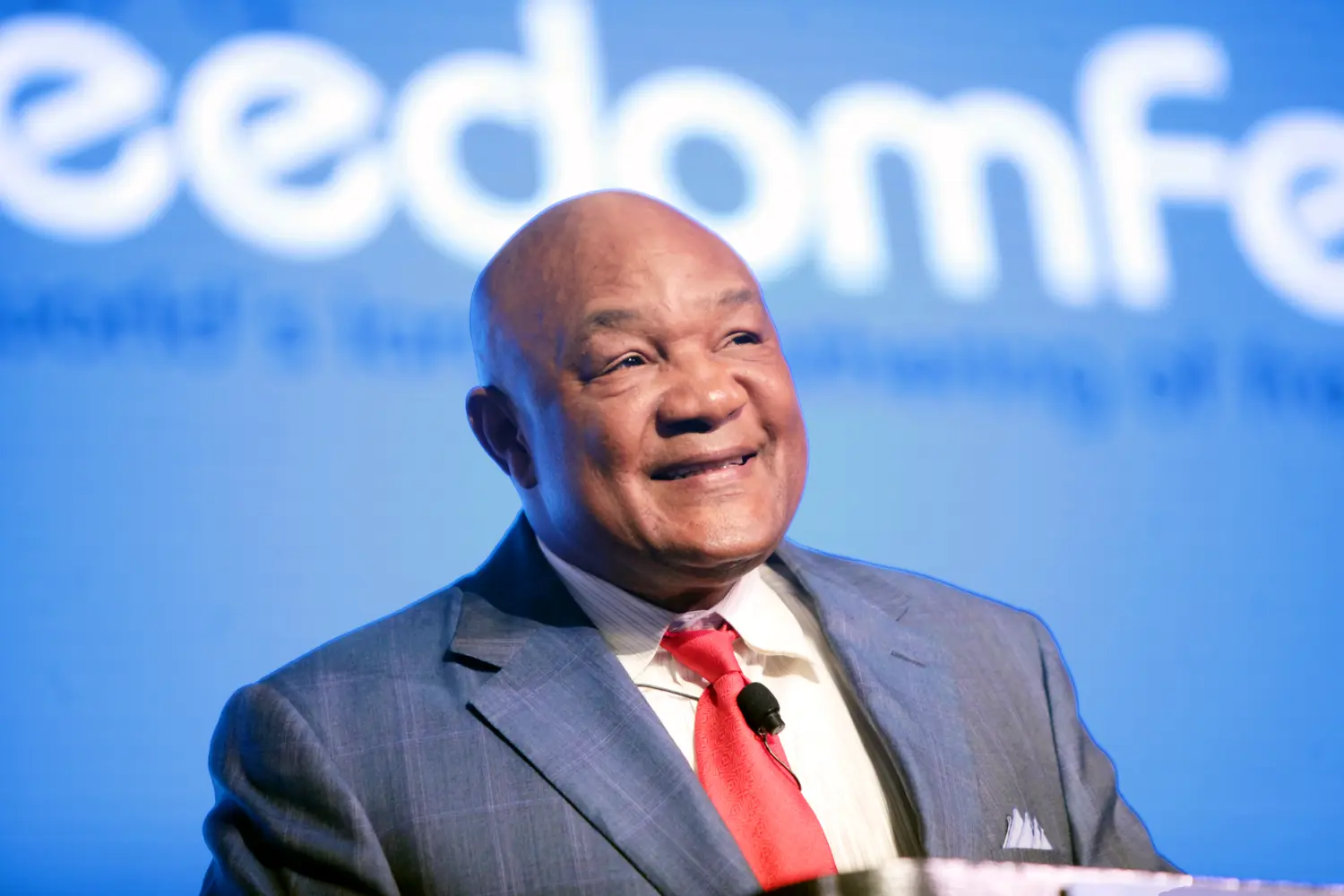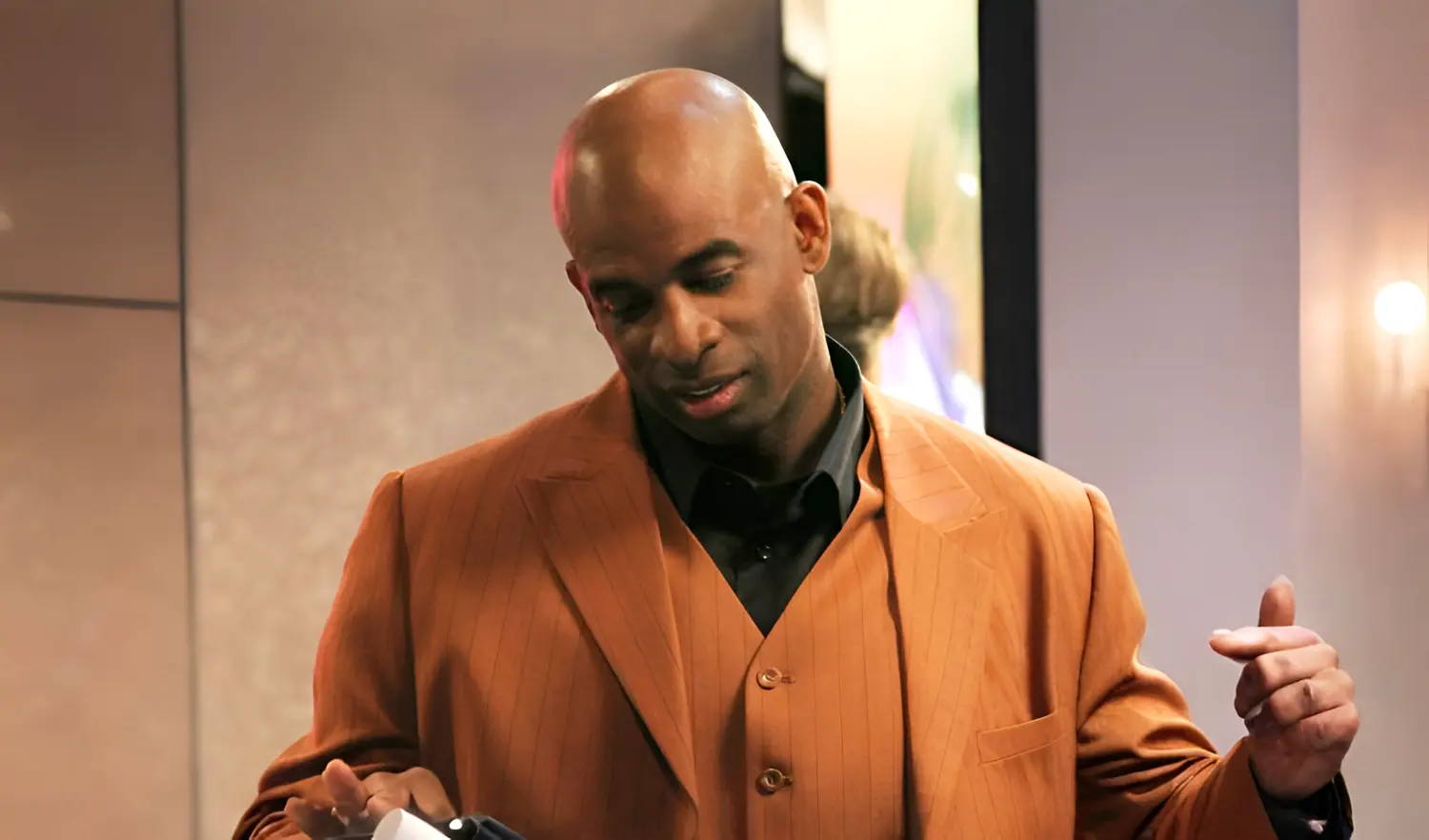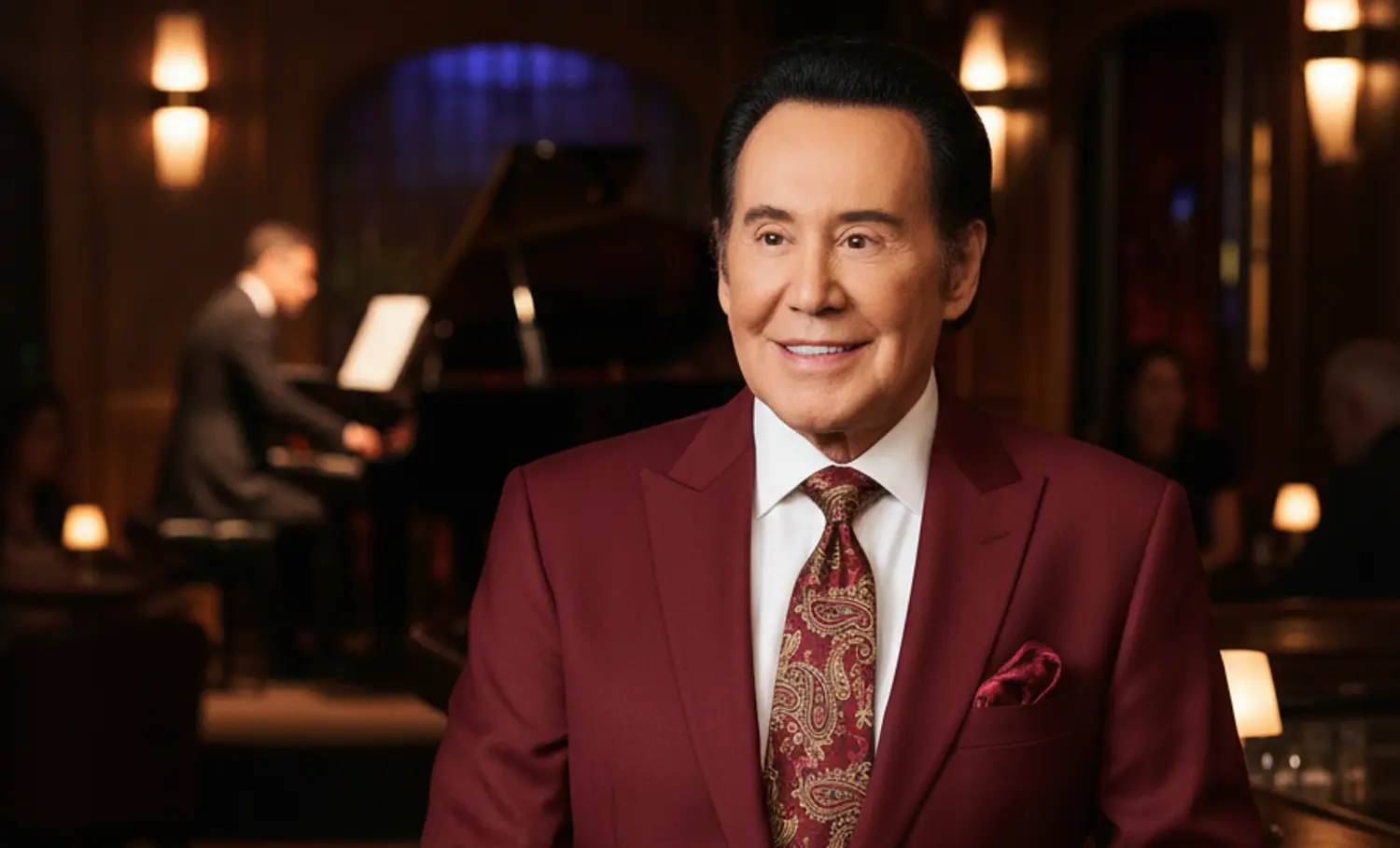Table of Contents
George Foreman’s legacy extends far beyond the boxing ring. While “Big George” made his name as a two-time heavyweight champion, his true financial success came from an unexpected source: a simple kitchen appliance that would revolutionize home cooking and transform him into one of the wealthiest athletes of all time.
George Foreman’s Estimated Net Worth
George Foreman’s net worth at the time of his passing in March 2025 was estimated at $300 million. This staggering fortune represents one of the most remarkable wealth-building stories in sports history, with the vast majority of his riches coming not from boxing purses, but from his entrepreneurial ventures.
What makes Foreman’s financial story particularly compelling is the dramatic arc it follows. At the height of his early boxing career in the 1970s, he had accumulated approximately $5 million in earnings. However, poor investments and an extravagant lifestyle left him virtually bankrupt by 1987, forcing him to stage one of sports’ greatest comebacks.
The George Foreman Grill: A $200 Million Success Story
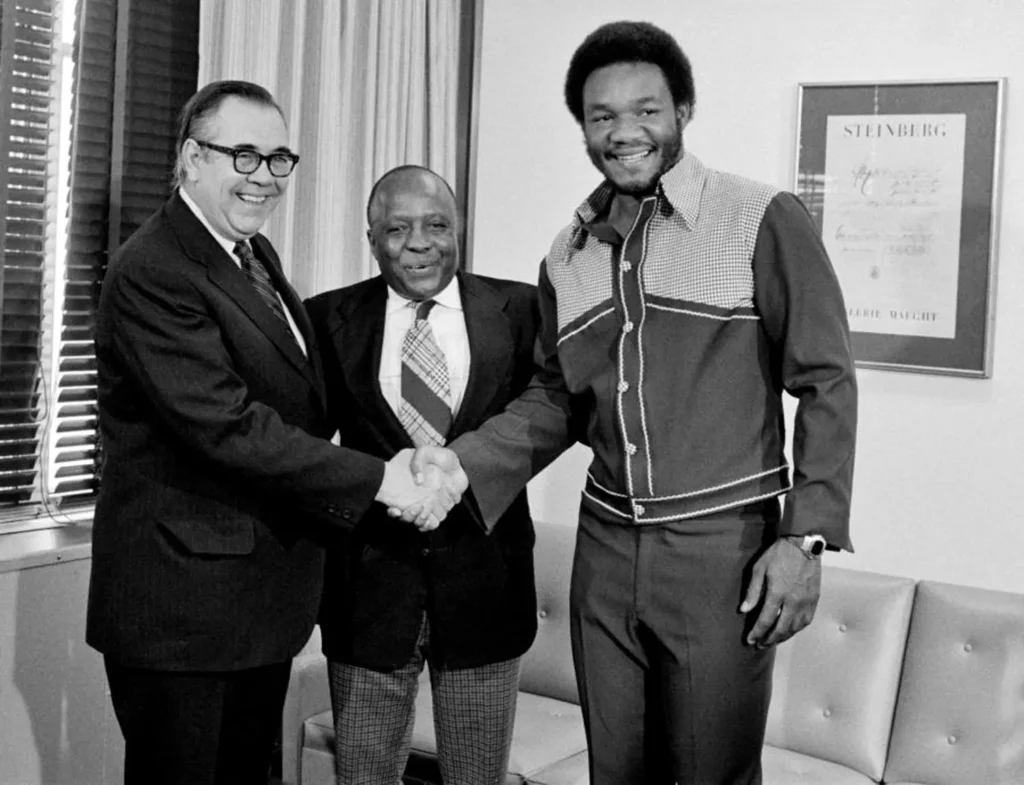
The cornerstone of George Foreman’s wealth was undoubtedly the George Foreman Lean Mean Fat-Reducing Grilling Machine. Introduced in 1994, this countertop appliance became a global phenomenon that far exceeded anyone’s expectations.
How the Grill Partnership Began
The grill wasn’t Foreman’s invention. Created by inventor Michael Boehm and business partner Robert Johnson, the duo initially struggled to find a celebrity endorser for their product. When they connected with Foreman, whose post-boxing career as a minister and entrepreneur made him an appealing spokesperson, few could have predicted the astronomical success that would follow.
Remarkably, Foreman later admitted he had never used the grill before agreeing to endorse it. However, after trying the product, he quickly became a genuine believer, and his authentic enthusiasm translated perfectly to television audiences.
Record-Breaking Sales and Earnings
The financial impact of the George Foreman Grill on Foreman’s net worth was extraordinary:
- Initial Royalties: Foreman initially earned approximately $138,000 in monthly royalties
- Peak Earnings: At the height of the grill’s popularity, Foreman earned $4.5 million to $8 million per month
- Total Grill Earnings: Estimates suggest Foreman made over $200 million from the grill alone
- Global Sales: The grill sold over 100 million units worldwide in its first 25 years
The $137.5 Million Buyout
By 1999, with over 20 million units sold, Salton, Inc. made Foreman an offer he couldn’t refuse: $137.5 million in cash and stock to buy out his rights to the product. This single transaction represented more money than most professional athletes earn in their entire careers.
When asked by AARP in 2014 about estimates that he earned over $200 million from the grill, Foreman’s response was telling: “Much more. There were months I was being paid $8 million per month.”
Boxing Career Earnings and Financial Challenges
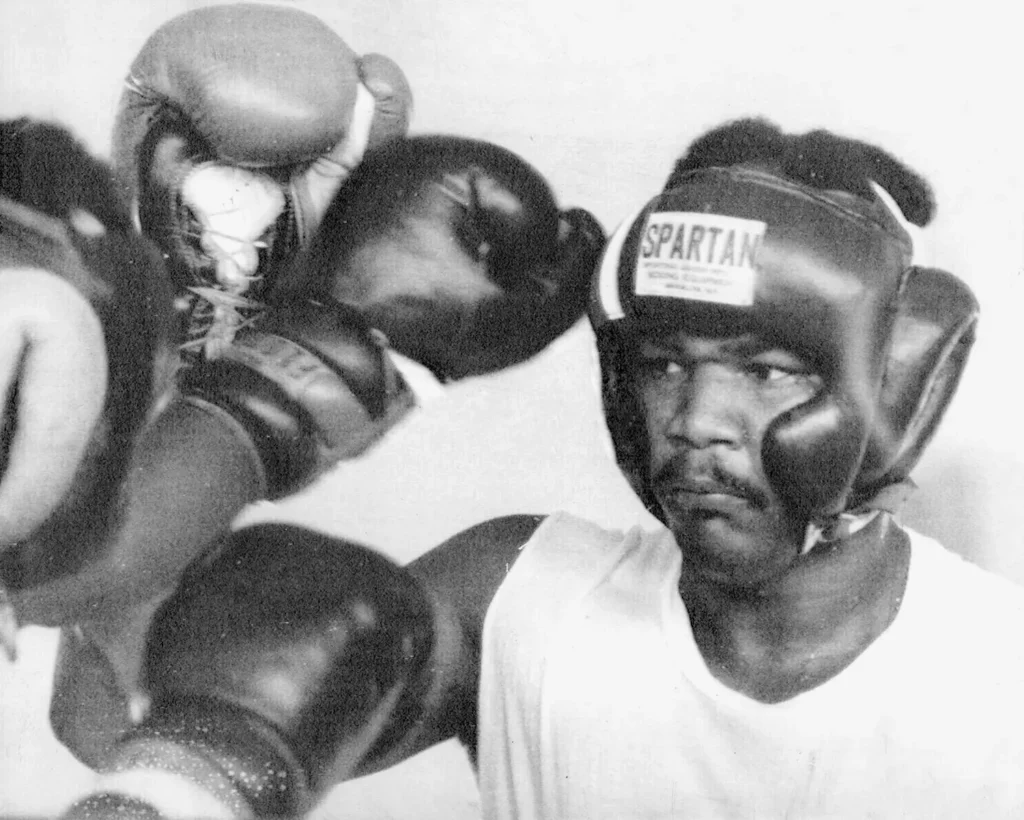
Early Success and Spending
Between 1969 and 1977, George Foreman set aside approximately $5 million from his boxing career earnings—equivalent to about $20 million in today’s dollars. His boxing achievements during this period were impressive:
- 1968: Olympic Gold Medal in Mexico City
- 1973: Defeated Joe Frazier to become undisputed heavyweight champion
- 1974: Lost title to Muhammad Ali in the famous “Rumble in the Jungle”
- Career Record: 76 wins (68 knockouts) and 5 losses
The Financial Downfall
Despite his early financial success, Foreman’s wealth didn’t last. By 1987, nearly all of his $5 million boxing fortune had vanished due to:
- Poor investment decisions
- An extravagant lifestyle
- Lack of financial planning
Foreman was quoted as saying the situation was “scary because you hear about people being homeless, and I was only fractions, fractions from being homeless.”
The Comeback
Financial necessity forced Foreman to un-retire from boxing in 1987 at age 38. His remarkable comeback culminated in 1994 when he knocked out Michael Moorer at age 45 to become the oldest heavyweight champion in history—the same year his grill launched.
Family and Personal Life
Marriages and Children
George Foreman was married five times throughout his life:
- Adrienne Calhoun (1971-1974)
- Cynthia Lewis (1977-1979)
- Sharon Goodson (1981-1982)
- Andrea Skeete (1982-1985)
- Mary Joan Martelly (1985-2025)
Foreman had 12 children total—5 sons and 7 daughters. In a unique family tradition, all five sons were named George Edward Foreman, distinguished by nicknames:
- George Jr.
- George III (“Monk”) – also became a professional boxer
- George IV (“Big Wheel”)
- George V (“Red”)
- George VI (“Little Joey”)
His daughters include Natalia, Leola, Freeda (who tragically died by suicide in 2019), Michi, Georgetta, and two adopted daughters, Isabella and Courtney.
Real Estate Portfolio
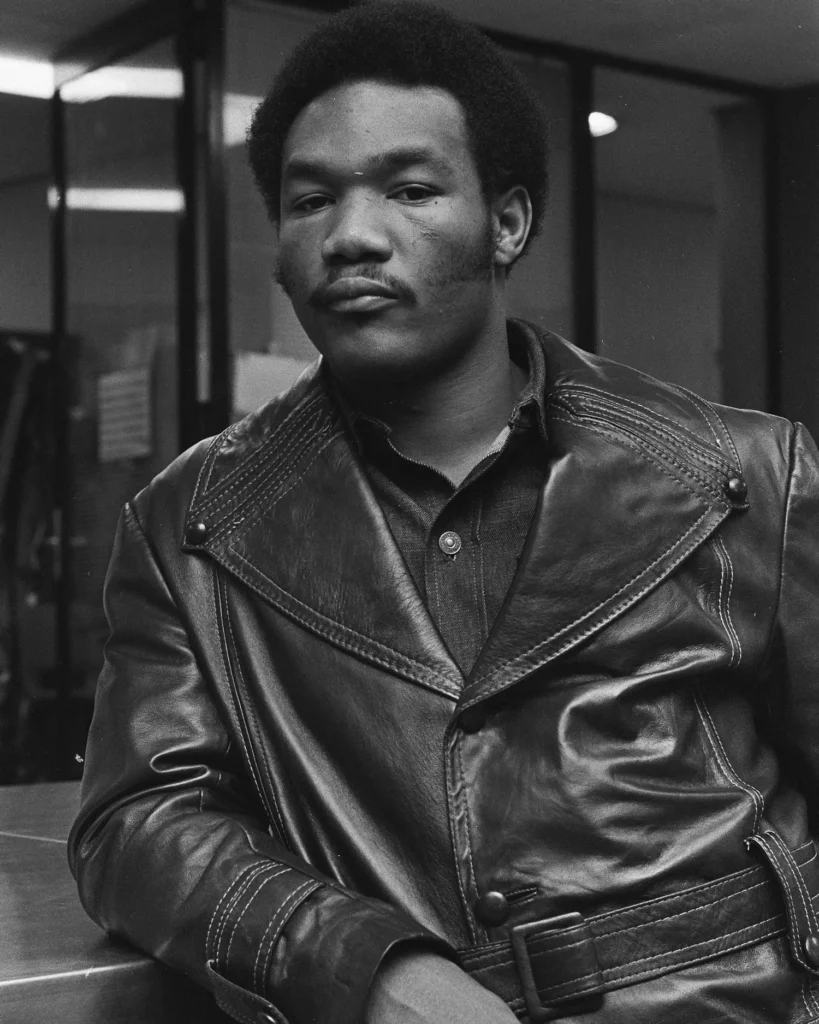
Foreman’s real estate holdings reflected his substantial wealth:
Primary Properties
- Huffman, Texas Estate: A custom Mediterranean-style mansion on 29 acres featuring nearly 12,000 square feet of living space and an 11,000-square-foot garage capable of housing 55 cars. Listed for $9.5 million in late 2024.
- Marshall, Texas Ranch: A 300-acre ranch in his hometown, complete with horses, cattle, and various animals
- Kingwood, Texas: A sprawling family home in an upscale Houston suburb
- Malibu, California: A luxury beachfront townhouse purchased for $2.3 million in 2002
Historical Properties
In the 1970s, Foreman owned a 4-acre ranch in Livermore, California, where he famously kept exotic pets including a lion and tiger. He sold this property in 1977 after retiring and becoming a minister.
Car Collection and Luxury Assets
In November 2023, Foreman announced he was auctioning off his prized car collection through Hagerty Marketplace. The collection featured over 50 classic and enthusiast vehicles, with notable highlights including:
- 2005 Ford GT: Sold for $330,000 (under 790 miles)
- 1987 Ferrari Testarossa: Fetched $143,000 (owned since 1992)
- 1963 Chevrolet Corvette Split-Window: Approximately $125,000
- 1959 Chevrolet Impala Convertible: Brought in $153,000
- 1999 Prevost Touring Coach: Luxury bus sold for about $115,000
Legacy and Business Transformation
From Fighter to Entrepreneur
George Foreman’s transformation from intimidating boxer to beloved grandfather figure represents one of the most successful athlete-to-entrepreneur transitions in history. The George Foreman Grill not only made him wealthy but completely rehabilitated his public image.
Cultural Impact
The grill pioneered the modern celebrity-endorsed kitchen appliance category and demonstrated how retired athletes could successfully transition into business. Foreman’s authentic, jovial personality in infomercials, combined with his famous catchphrase “It’s so good I put my name on it,” helped the appliance transcend typical as-seen-on-TV limitations.
Who Inherits George Foreman’s Fortune?
Following George Foreman’s passing on March 21, 2025, his $300 million estate is expected to be inherited by his wife Mary Joan Martelly and his 12 children. The specific details of his estate planning have not been made public, but given the size of his family and his emphasis on education (he insisted all his children obtain college degrees), the distribution will likely reflect his values of family unity and personal development.
Investment Philosophy and Business Acumen
Foreman’s later financial success came from learning hard lessons about money management. After losing his initial boxing earnings, he became more conservative and strategic with his investments. His approach to the grill deal—securing both upfront payments and ongoing royalties—demonstrated sophisticated business thinking.
Comparison to Other Athlete Entrepreneurs
Foreman’s $300 million net worth places him among the wealthiest retired athletes. His grill success predated and arguably inspired other athlete business ventures, from Michael Jordan’s Nike partnership to Magic Johnson’s business empire. What sets Foreman apart is that his primary wealth source was completely unrelated to his sport.
The Foreman Brand Today
Even after the 1999 buyout, George Foreman grills continued to be manufactured and sold worldwide. The brand has expanded to include multiple sizes and features, with total sales exceeding 100 million units. Foreman’s name became synonymous with indoor grilling, creating a lasting business legacy that will likely continue generating value for years to come.
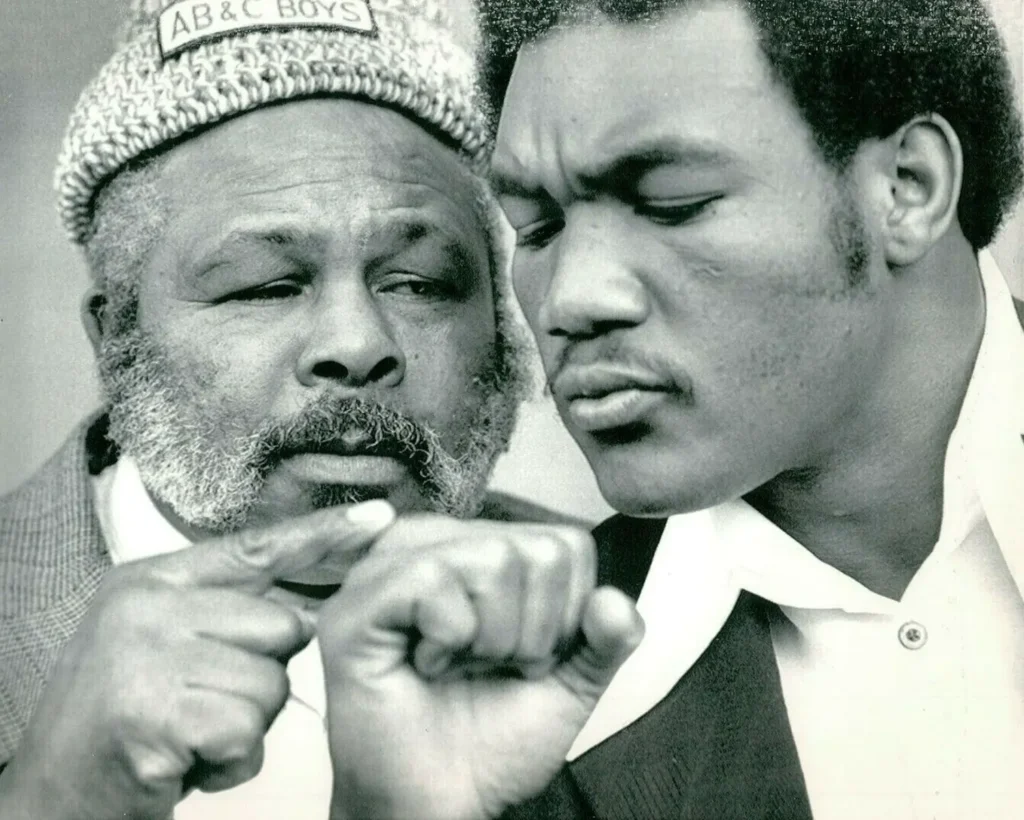
Financial Lessons from George Foreman’s Story
Foreman’s financial journey offers several key lessons:
- Diversification Matters: His boxing success provided the platform, but business ventures created lasting wealth
- Recovery is Possible: Even after bankruptcy, strategic thinking and hard work can rebuild fortunes
- Authenticity Sells: His genuine personality made the grill campaign successful
- Timing and Opportunity: Being open to unexpected opportunities (like endorsing a grill) can change everything
- Family Values: Despite wealth, he maintained focus on education and family unity
Conclusion
George Foreman’s $300 million net worth tells a story that goes far beyond boxing championships and business deals. It’s a tale of resilience, reinvention, and the power of authentic marketing. From Olympic gold medalist to heavyweight champion, from bankruptcy to business mogul, Foreman’s financial journey reflects the best of American entrepreneurial spirit.
His legacy proves that sometimes the most unexpected opportunities—like putting your name on a kitchen appliance—can create generational wealth. The George Foreman Grill didn’t just cook food; it cooked up one of the most remarkable wealth-creation stories in sports history.
While George Foreman will be remembered as a fierce competitor in the ring and the oldest heavyweight champion ever, his true knockout punch was delivered in kitchens around the world, one perfectly grilled burger at a time.
Source: George Foreman Net Worth
